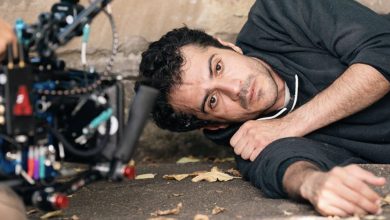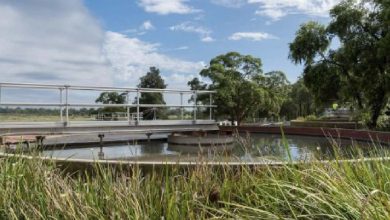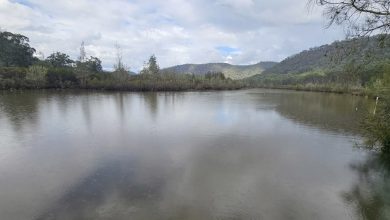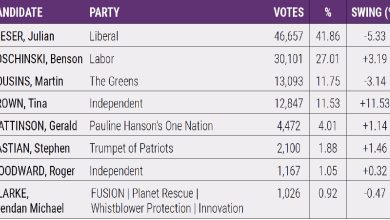Go Wild
Hawkesbury City Council is urging residents to help Science for Wildlife identify animals using food and water stations by watching surveillance camera footage over the internet.
Following the devastating bushfires of 2019/2020, emergency assistance for wild-life included putting out water stations and food for surviving wildlife in the Hawkesbury and other bushfire affected areas.
With funding support from their partner San Diego Zoo Alliance, Science for Wildlife worked with local volunteers, Greater Sydney Local Land Services, WIRES, and property owners to put out water stations and do food drops.
Camera traps were then put in place to capture images showing a range of animals benefiting from the stations and how many animals escaped the fires. Camera traps were then put in place to capture images showing a range of animals benefiting from the stations and how many animals escaped the fires.
Register at zooniverse.org/projects/drkellie/s4w-bushfires-water-and-food-stations
The team at Science would love your help to look through the camera trap images to see what can be discovered. More hot summers and droughts will come, and the findings will help to guide welfare efforts for koalas and other species during the next extreme weather event. Camera traps were then put in place to capture images showing a range of animals benefiting from the stations and how many animals escaped the fires.
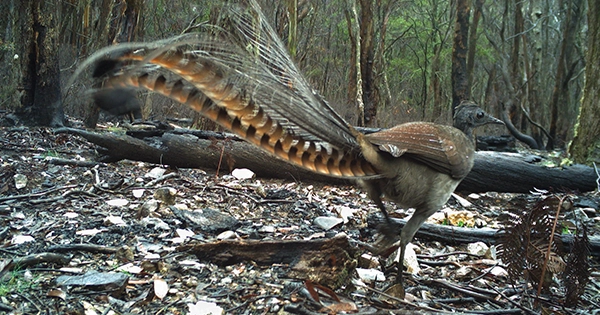
• Which water station designs were used, were some used more than others?
• Were the water stations still used after the heavy rains arrived?
• Which species used the water and the food drops?
• Which sites had more wildlife using the resources we put out, and how does that relate to fire intensity in that area?
• Where were feral animals present, and how many were there compared to native wildlife?
Due to the COVID-19 pandemic, the Science for Wildlife team were unable to bring the cameras back in to analyse the images and they had to leave them out for a few months.
To find out more about Science for Wildlife, visit scienceforwildlife.org
Camera traps were then put in place to capture images showing a range of animals benefiting from the stations and how many animals escaped the fires.Camera traps were then put in place to capture images showing a range of animals benefiting from the stations and how many animals escaped the fires.


